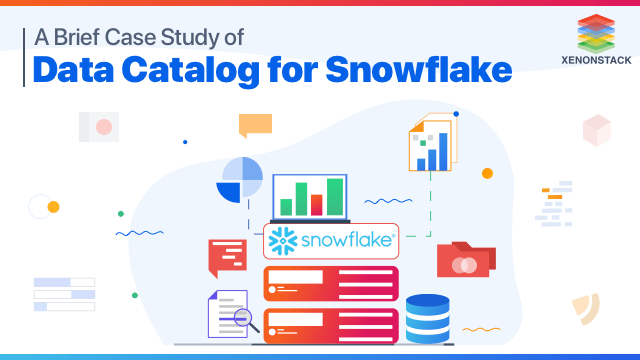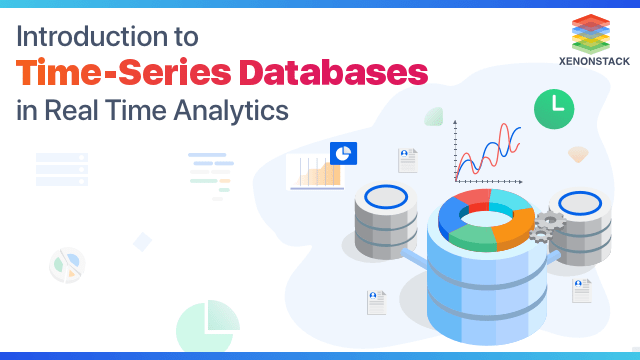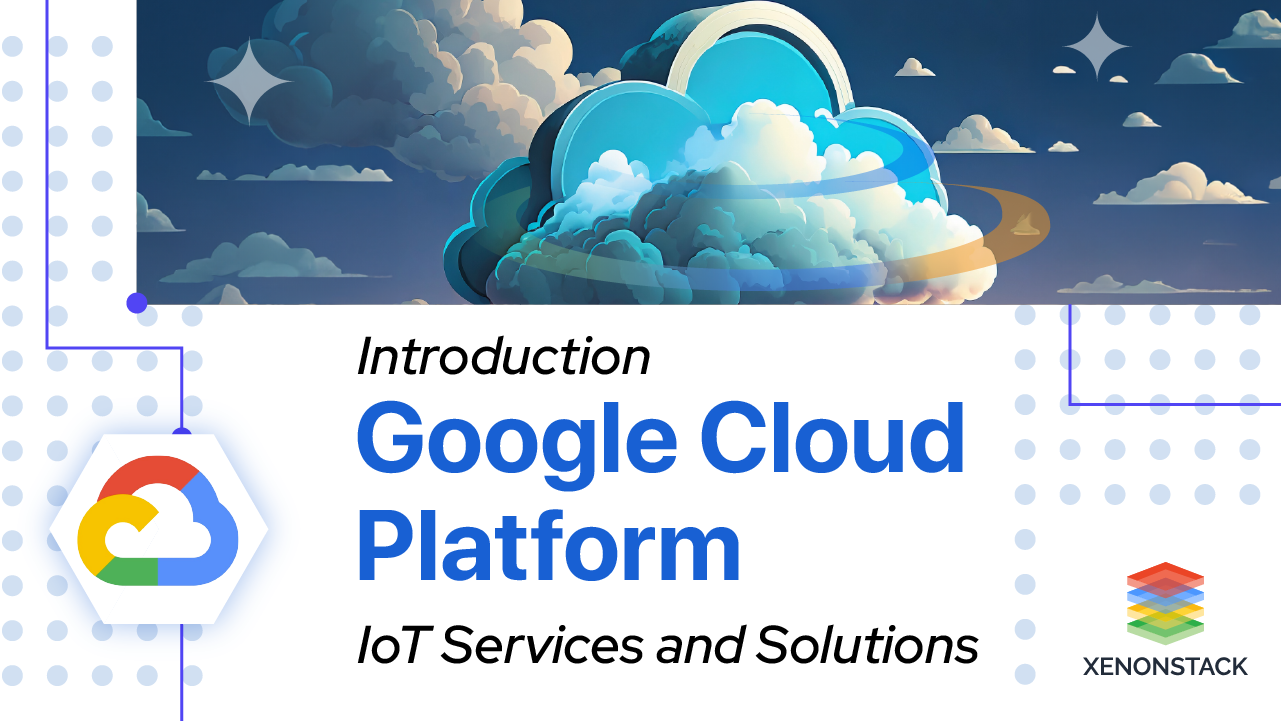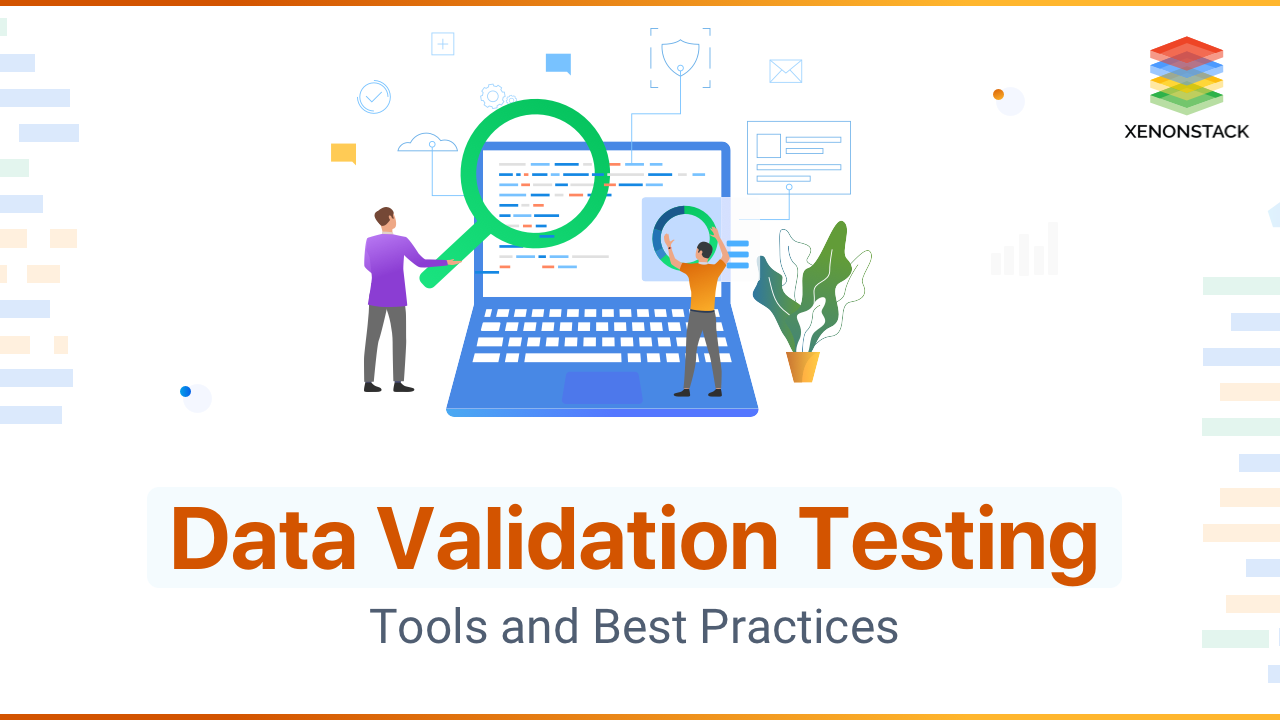
Introduction to Snowflake Data Catalog
Organizations are investing in their data and analytics capabilities; they want their projects to be completed rapidly and perfectly. Enterprises are trying to understand all the data within and external to Snowflake in the enterprise. The Data Catalog for Snowflake helps to observe their implementations and real-time analysis so that they can get immediate value.
Snowflake is the cloud data warehouse that provides the storage to store and analyze all your enterprise's data in one location. It provisions data storage repositories to ingest structured data for reporting and data analysis. Snowflake's capability of accepting mountains of unrefined data from numerous sources in various formats also makes it an attractive Data Lake solution to many IT decision-makers.
Snowflake developed a strategy to win both the data warehouse and big data battles by building on the achievements of the data warehouse, the flexibility of systems. Source: Snowflake's Vision For The Data Warehouse
What is a Data Catalog?
A data catalog is an organized record of data assets that uses metadata to help organizations manage their data. These assets can include structured data in tables and unstructured data in documents, web pages, email, mobile data, images, audio, video, and reports. The various features of the data catalog are:
-
Serverless: It is a fully managed and scalable metadata management service that needs no infrastructure.
-
Metadata as a Service: It is a metadata management service for classifying data assets via custom APIs and the UI, thus providing a unified view of data.
-
Central Catalog: It provides a versatile and powerful cataloging system for capturing technical metadata and business metadata in a structured format.
-
Search and Discovery: It provides a simple and easy-to-use user interface with powerful search capabilities to quickly and easily find data assets.
-
Schematized Metadata: It supports schematized tags (e.g., Enum, Bool, DateTime) and provides organizations with rich and organized business metadata.
-
Cloud DLP Integration: Discovers and classifies sensitive data, provides intelligence, and simplifies the process of governing data.
Data Catalog for Snowflake
Several organizations are using Snowflake, and various departments have embraced the migration and started the adoption. Traditional data warehouses, appliances, or big data platforms have been migrated. Moreover, data might also be ingested from 3rd party vendor API. Thus, a Snowflake account may contain several databases, schemas, tables, columns, and views. It can be thousands or millions also. Now, multiple users from various departments are running queries and executing jobs. Therefore, there is a need to access the data inventory in Snowflake and determine:
-
Who is using which type of data?
-
How are tables and views related?
-
When was the data last updated?
-
When was the data being used?
-
What is the importance of columns in tables?
There should be an enterprise-wide catalog to answer these questions.
Snowflake Architecture
-
Database Storage: Snowflake reorganizes loaded data to its internal optimized, compressed, and columnar format and stores it in cloud storage. It manages file size, structure, compression, metadata, statistics, and other aspects.
-
Query Processing: The processing layer executes the query. Snowflake uses a virtual warehouse to process data. Each virtual warehouse is an independent compute cluster and does not share compute resources with other virtual warehouses. Thus each virtual warehouse has no impact on the performance of different virtual warehouses.
-
Cloud Services: It is a collection of services that tie together all of the different components of Snowflake to process user requests. It includes the following services:
- Authentication
- Infrastructure management
- Metadata management
- Query parsing and optimization
- Access control
Snowflake has an instance for the management of computations, and it persists data through storage service. Click to explore about, Snowflake Cloud Data Warehouse
Key Features of Snowflake Data Catalog
Highlighted below are the features of the Data Catalog for Snowflake:
Discover the data that drives insight
Users can explore a wide range of open and commercial data sets across 16 categories, including demographics, health, location, weather, and SaaS providers.
Reduce Data Integration Costs
Direct, secure, and governed access from the Snowflake account to ready-to-query data virtually eliminates the costs and effort of traditional ETL data ingestion and transformation processes.
Access Fresh Data Faster
Eliminate the risk and hassle of copying and moving state data using Snowflake Secure Data Sharing technology. It provides secure access to live, governed, shared data sets. It also gives automatic updates of data in real time.
Data Discovery and Metadata Capture
Data doesn't need to be stored only at a single place. It may be stored at several locations. Therefore, a data catalog application must have the capability to connect to different applications. It should have flexible connectivity that makes integration easy.
Search and Filtering
Search is an integral part of the data catalog that allows users to search and get relevant information quickly.
Business Glossary
The data catalog must have a bank of business glossaries to make understanding the search easier. It enables assigning business terms to any data-cataloged asset. In the future, it may also allow associating data quality rules with business terms to enable automated data quality monitoring.
Data Quality Monitoring
Many data catalogs provide advanced quality check features that spot duplicates, missing data, formatting issues, and other data inconsistencies.
Data Lineage
Data lineage can track data journeys such as the origin, destination, and transformation. It helps track and understand the data changes that could help while doing impact and root cause analysis.
Data Marketplace
Data catalogs make it easy to access data for other use cases and applications. Thus, users can easily access data for productive use. However, data access must govern access policies with respect to domain and role authorization.
What are the alternatives to Snowflake?
Snowflake is one of the cloud data warehouse tools that provides us with data catalog features also. There are various cloud data warehouse tools available. Let’s compare them:-
|
Vendor |
Snowflake |
Redshift |
BigQuery |
Teradata |
Azure |
|
Architecture |
Hybrid(Shared-disk and shared-nothing) |
Shared-nothing MPP architecture |
Shared-nothing MPP architecture |
Shared-nothing MPP architecture |
Shared-nothing MPP architecture |
|
Server management |
More serverless |
More self-managed |
Serverless |
More self-managed |
More self-managed |
|
Deployment |
Cloud-based |
Cloud-based |
Cloud-based |
Cloud-based, On-premise |
Cloud-based |
|
Performance |
High |
Good |
Good |
High |
High |
|
Security |
Highly secure |
Highly secure |
Highly secure |
Highly secure |
Highly secure |
|
Scalability |
Scale horizontally and vertically |
Scale horizontally and vertically |
Scale horizontally and vertically |
Scale horizontally and vertically |
Scale horizontally and vertically |
|
Integration |
Data integration, BI, and analytics tools |
AWS ecosystem, data integration, BI, and analytics tools |
Google Workplace, data integration, BI, and analytics tools |
Cloud providers, data integration, BI, and analytics tools |
Microsoft software, data integration, BI, and ML tools |
|
Data loading |
ETL/ELT, data streaming |
ETL/ELT, data streaming |
ETL/ELT, data streaming |
ETL/ELT, data streaming |
ETL/ELT, data streaming |
|
Data backup and recovery |
Yes |
Yes |
Yes |
Yes |
Yes |
|
Implementation |
Intuitive and simple to use. Require solid SQL and DW architecture knowledge |
Knowing PostgreSQL and similar Facilitate deployment |
User friendly. Require knowledge of sql command and ETL tools |
Easy and fast. Require a background in SQL syntax and working with RDBMS |
Easy to use. Require SQL and spark use experience |
|
Pricing |
On-demand, pre-purchase |
On-demand, managed-storage |
Flat rate, on-demand |
blended, on-demand |
Compute charge, Storage charge |
|
Suitable for |
Need easy deployment and configuration |
Process large datasets |
Deal with varied workloads |
Look for flexible deployment |
Need enterprise DWHs |
What are the benefits of the Data Catalog?
Listed below are the main benefits of the Data Catalog.
-
A Better Understanding of Data: It provides a better understanding of data through improved and clear content. Analysts can better understand data with detailed descriptions and comments from other data citizens.
-
Increased Speed and Efficiency: Employees can access data with enhanced speed and efficiency.
-
Reduced Risk: A data catalog helps analysts quickly review annotations and metadata to spot null fields or incorrect values that can impact analysis, enhancing security and reducing risks.
-
Improved Data Analysis: The better the data, the easier the process to analyze it.
GCP Data Catalog is rapidly taking over the metadata management services, availability being on the google cloud. Click to explore about, GCP Data Catalog
What are the functions of Data Catalog?
There are several key functions of the Data Catalog, some of which are listed below:Dataset Searching
Data Catalog includes vigorous search capabilities, such as searching by facets, keywords, and business terms. Nontechnical users can also benefit from natural language search capabilities. Ranking search results by relevance and frequency of use is particularly useful and beneficial.
Dataset Evaluation
Choosing the right datasets depends on evaluating their suitability for an analysis use case without downloading or acquiring data first. Important evaluation features include capabilities to preview a dataset, view all associated metadata, check user ratings, view user reviews and curator annotations, and view data quality information.
Data Access
The way from search to evaluation and then to data access should be a seamless user experience. The catalog should know the access protocols and should be capable of providing access directly. Its functions provide access protections for security, privacy, and compliance-sensitive data. A robust data catalog provides many other capabilities, including support for data curation and collaborative data management, data usage tracking, intelligent dataset recommendations, and various data governance features.
Data Catalog and the Snowflake Data Exchange
Snowflake Data Exchange is an analytic data warehouse provided as SaaS ( Software-as-a-Service). It facilitates a data warehouse that is faster, efficient, and much easier and flexible to use than any other traditional data warehouse offerings. Unlike the other data warehouses, Snowflake's data warehouse is not built on an existing database or big data software platform such as Hadoop. Instead, it uses a new SQL database engine with a unique architecture designed for the cloud. It is similar to other data warehouses, but it provides various additional functionalities and capabilities.
The Snowflake Data Exchange is a marketplace that allows Snowflake customers to access data from providers and discover, access, and generate insights. Snowflake Data Exchange is straightforward to use for its customers. Customers can easily connect to Data Exchange from their respective Snowflake accounts. They can instantly browse a data catalog they want to and can securely access data.
To join with existing Snowflake data sets. This platform improves data exchange control, speed, and security and makes data integration and querying simple without the need to transfer data via API or extract data to cloud storage. By easily connecting with the Data Exchange from their Snowflake account, customers can instantly browse a data catalog. To find and securely access data to join existing Snowflake data sets.

Use Cases of Data Catalogs for Snowflake
The Use Cases of Data Catalogs for Snowflake are listed below:
Personalized Medicine with Data Finding
In the healthcare industry, patient data is stored in various systems such as diagnostic equipment, doctors' notes, billing systems, etc., that are managed differently. So finding and accessing patient data becomes critical for health practitioners; therefore, a data catalog provides a platform to access data quickly.
Data Lake Modernization
Several organizations keep data from numerous sources across the enterprise in raw form in a data lake with only the bare minimum of information required for data governance. Thus users find some difficulty in finding, understanding, and accessing data from data lakes.
The addition of a governed data catalog can allow data scientists and analysts to access the right data easily. Moreover, data lineage helps track where data comes from and how it transforms its flow across applications, boosting data lake usage and reducing duplicates and compliance risks.
Discovering Sensitive Data
The rush of digital transformation is putting data at risk, such as customer details, payment information, even passwords stored in plain text are sometimes discovered in systems that people have forgotten. Data catalog may help to discover sensitive data and encrypt it immediately.
Conclusion
In today's world, much data is generated from various applications. It is challenging and difficult to manage such a large amount of data. Data catalogs help us overcome these challenges. Active data curation (storing data in a shared database) is a core reason for data catalogs' success and a critical practice for modern data management.




